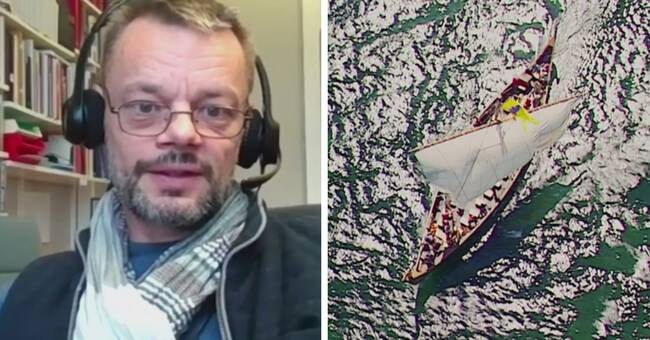It is well known that Vikings sailed over great distances in the east and west.
They settled in Iceland and Greenland, among other places, and landed on the American continent several hundred years before Columbus.
Now researchers have succeeded in dating their settlements in Newfoundland, Canada, using a new method.
And dating, unlike previous methods, is accurate.
In 1021, Vikings lived in North America, write researchers in the journal Nature.
- The discovery is very exciting, as it manages to date the settlement to a specific year.
The new method of dating will mean a lot to archeology, says archaeologist John Ljungkvist at Uppsala University.
The finds of the Vikings' settlements at L'Anse aux Meadows in Newfoundland were made as early as the 1960s.
And the Vikings' discovery of North America is described in the old Icelandic fairy tales.
But the exact dating of the Vikings' voyage across the Atlantic has been unclear for research.
Ancient solar storm reveals
Researchers at the University of Groningen, the Netherlands, have analyzed traces of what they interpret as a massive solar storm that occurred in 992. They have registered a sudden increase in radioactive colisotopes that have left traces in the wood of growing trees.
There are traces that can be read in the trees that the Vikings cut down and through that determine exactly which year the tree was felled.
The pieces of wood that researchers have now dated have their origin in three different tree species next to the Vikings' settlement.
The trees have been cut down and handled with metal leaves, a technology that was not available to the people who lived on the site when the Vikings arrived.
According to the researchers behind the study, the new method will open new horizons for archaeological research.
- This technology will in the future give us several new exciting results, where we can get an exact dating of relics from antiquity, says John Ljungkvist.

